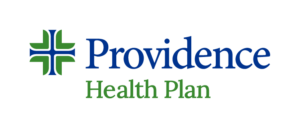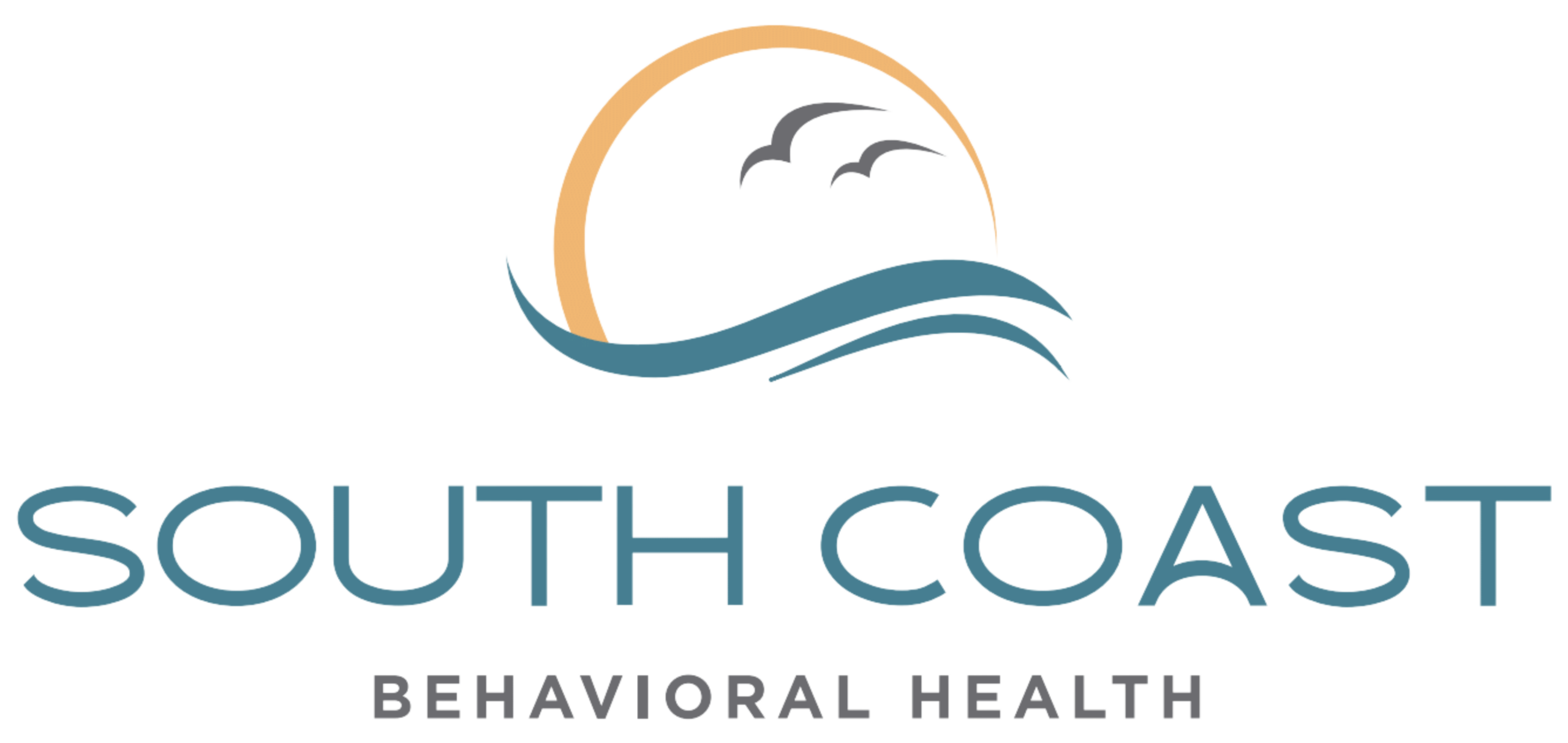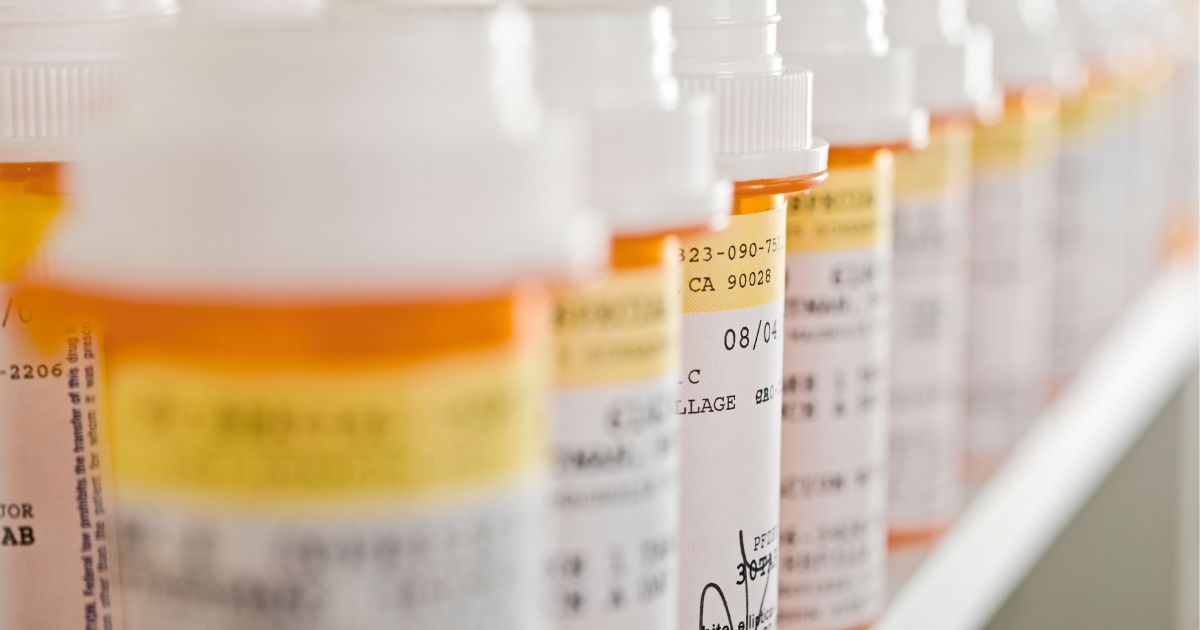A new drug has been gaining increased attention lately for being twenty times more potent than fentanyl. It’s called nitazenes, a class of synthetic opioids developed in the 1950s that is starting to enter illicit circulation. It’s being mixed into regular heroin and given to unsuspecting users. It can kill in just one use, and it’s imperative to use Narcan to stop drug overdoses and overdose deaths from nitazenes.
In this article, we’ll explain what nitazenes are and how they are dangerous. If you or a loved one are abusing drugs with nitazenes, it’s time to seek opioid treatment.
What Are Nitazenes?
Nitazenes are a class of synthetic opioids. They are chemical compounds designed to mimic the effects of naturally occurring opiates like morphine and heroin. They are part of a broader group of drugs known as novel psychoactive substances (NPS). International drug treaties do not control NPS, but they can be potent and dangerous. According to the Drug Enforcement Administration, nitazenes are not approved for medical use in the United States.
Nitazenes were initially researched in the 1950s as potential painkillers but were not widely used or produced commercially due to their high potency and the risk of overdose. Nitazenes contain more than 20 unique compounds, including isotonitazene, which first emerged on the streets in 2019 under the name “ISO.”
The structure of nitazenes is characterized by a nitro group attached to an azepine ring, distinguishing them from other opioids. This structural feature contributes to their high potency, as it affects how they bind to the opioid receptors in the brain.
Nitazenes are thought to be 10 to 40 times more potent than fentanyl and hundreds of times stronger than morphine. That means nitazene overdoses are a real risk for those who use the drug. This raises serious concerns, given reports they’re contaminating the illicit drug supply. People may think they’re buying regular heroin and end up inadvertently overdosing.
Are Nitazenes Dangerous?
The introduction of nitazenes into the drug supply has further complicated the already dire opioid epidemic. Nitazenes pose an unprecedented threat because they are substantially more potent than fentanyl, which is already up to 50 times stronger than heroin.
Nitazenes come as a powder, counterfeit tablets, or liquids and may be combined with other drugs like benzodiazepines, heroin, and fentanyl.
There is a strong risk of overdose when taking nitazenes. This can lead to life-threatening symptoms such as:
- Respiratory depression, where breathing becomes shallow or stops altogether, leading to hypoxia (oxygen deficiency) and potentially death
- Pinpoint pupils.
- Blue-colored lips or nails due to oxygen deprivation.
The risk of overdose is exacerbated by the diversity in the potency of nitazenes and the likelihood of encountering them in conjunction with other substances, which might unpredictably intensify their effects.
Are Nitazenes Addictive?
Given how they act upon the mu-opioid receptor, like other synthetic opioids, nitazenes are indeed addictive.
The addictive potential of nitazenes, as with other opioids, is mainly due to their ability to produce profound euphoria by acting on the brain’s reward system. When these drugs bind to opioid receptors, they can trigger the release of dopamine, a neurotransmitter associated with pleasure and reward. This release of dopamine reinforces the act of taking the drug, making the user want to repeat the experience.
Moreover, with repeated use, individuals can develop a tolerance to nitazenes, meaning they need to take higher doses to achieve the same effects, which can further deepen the addiction. Dependence can also develop, characterized by withdrawal symptoms, when the drug use is reduced or stopped. These withdrawal symptoms can be quite severe, making it difficult for addicted individuals to quit.
What If I Need Nitazene Treatment?
If you or someone you know needs treatment for addiction to nitazenes or any other opioids, an opioid treatment program can help.
Here’s what to expect:
- Detoxification: Some treatment programs start with a medically supervised detoxification process to manage withdrawal symptoms from opioids safely. While detox on its own is not a complete treatment, it is an important first step for individuals with physical dependence.
- Medication-assisted Treatment: MAT is one of the most effective forms of opioid treatment. It involves the use of FDA-approved medications, such as methadone, buprenorphine, and naltrexone, to reduce withdrawal symptoms, decrease cravings, and lower the potential for misuse. These medications work by acting on the same opioid receptors in the brain as the addictive drug but in a more controlled and less harmful way.
- Counseling and Therapy: Counseling and behavioral therapies are critical components of opioid addiction treatment. They can help individuals understand the root causes of their addiction, develop coping strategies to deal with cravings and triggers, and address any co-occurring mental health disorders. Common approaches include cognitive-behavioral therapy (CBT), motivational interviewing, and contingency management.
Our opioid addiction treatment program at South Coast takes place along a full continuum of care, from detoxification to intensive outpatient treatment. We offer not only the best in evidence-based counseling but also holistic programs, aftercare, and more.
Looking for quality substance abuse treatment that’s also affordable? South Coast accepts most major insurance providers. Get a free insurance benefits check now.
Check Your CoverageOpioid Treatment at South Coast Behavioral Health
Fatal overdoses associated with opioids have been rising steadily for years. Data from the National Center for Drug Abuse Statistics show that around 10 million people each year abused opioids in the United States. That translates to around 50,000 people who experience a fatal overdose due to the misuse of drugs containing opioids. Opioid drug abuse is one of the biggest problems facing our society today. The problem is even more concerning because opioids can be mixed into other drugs, creating a more dangerous substance. Opioid reversal drugs like naloxone, also known as Narcan, are helping the fight against overdose deaths. Still, the only way to truly remove the threat of an overdose is to avoid abusing opioids in the first place.
South Coast Behavioral Health offers unique opioid detox and recovery programs that can help anyone struggling with prescription pain medication or illegal opiates like heroin. Our alcohol and drug abuse programs are rooted in dignity and compassion. We understand that many fall victim to opioid abuse due to issues like chronic pain. Unfortunately, taking these pills over a period of time can lead to opioid drug addiction. South Coast Behavioral Health has unique levels of care and individualized treatment plans for those suffering from substance abuse. We help you find a path to recovery that suits your needs.
Our levels of care for opioid abuse treatment include:
- Medical Detox
- Residential Inpatient Program
- Partial Hospitalization Program (PHP)
- Intensive Outpatient Program (IOP)
- Aftercare
During each level of care, our California addiction treatment center provides comprehensive rehabilitation services to help individuals struggling with nitazene addiction.
Medical Detox
Medical detox is often the first step in the treatment process. When you check into a rehab facility, detox services help to ease the symptoms of nitazene withdrawal as you abstain from using drugs and alcohol. In the case of opioids, there can be uncomfortable withdrawal symptoms when someone stops using. The team of medical professionals at South Coast is available around the clock during medical detox to ensure the process is safe and effective. Using helpful treatments like medication-assisted treatment (MAT), our team can help anyone get through detox and opioid withdrawal symptoms.
When you choose South Coast’s medical detox program, you will also gain access to the recovery benefits of our many evidence-based therapies. During treatment, evidence-based therapies like individual and group therapy will help you address any behavioral concerns that may be contributing to your addictive behaviors.
Residential Inpatient Program
Following medical detox, clients can transition to the residential inpatient program offered by South Coast Behavioral Health. Inpatient treatment can last anywhere from 30 to 90 days, depending on our clinical team’s recommendations for your unique situation. Residential recovery is the most intensive form of treatment, as clients will spend all their time at the facility undergoing treatments and therapies.
Your treatment team will continue monitoring protracted withdrawal symptoms that can persist for weeks or even months following detox. Clients also benefit from the many evidence-based and holistic treatment offerings for a well-rounded approach to recovery. We strive to create an atmosphere conducive to healing at our rehab centers. Our supportive inpatient environment allows you to focus on your recovery without distractions from the outside world. While undergoing treatment at our residential housing facilities, you are also introduced to peers who have gone through similar experiences. That means you become a part of a supportive, tight-knit community that values compassion and understanding throughout the duration of your stay.
Partial Hospitalization Program (PHP)
Following inpatient recovery, clients then have the option to step down to the first level of outpatient care. PHP is a more flexible option for rehab as clients don’t live full-time at their facility. Instead, they can live at home or in sober living homes while completing treatment. Most partial hospitalization program schedules feature daily programming for up to six hours a day. The rest of the time, you are free to begin using the skills and coping tools you’ve learned in recovery to aid in maintaining sobriety outside of treatment. Many people find the structure of PHP helpful as it provides a step down from inpatient care but with the flexibility to honor obligations outside of recovery.
Many of the evidence-based and holistic offerings from the team at South Coast are available during PHP. Your clinical team can help put together a treatment plan for your time in outpatient programming that allows you to find your own path to a brighter future.
Intensive Outpatient Program (IOP)
Intensive outpatient programming is a further step down from PHP in terms of time spent in treatment. Clients in IOP may only attend treatment for a few days a week. It offers even more flexibility for obligations like family, work, or school. IOP for addiction benefits clients who are ready for a less intensive form of care. Once you have developed the coping skills for drug and alcohol abuse recovery, IOP provides continuing care services in a less structured environment that will help you remain accountable as you take deliberate steps in your recovery journey. The goal of IOP is to help you begin the transition back to your everyday life following rehab for substance abuse.
Outpatient Program and Aftercare
Following outpatient care, clients move on to the aftercare portion of recovery. Aftercare is a vital component of an overall treatment plan because it helps keep clients on track with their sobriety after leaving treatment. Follow-up sessions, case management, recovery support groups, and sober living can all be part of an aftercare plan. As you fully reintegrate into your work and life routines, you can practice using the skills and tools you’ve learned to avoid drugs like nitazenes as well as alcohol to maintain your sobriety.
Get confidential help from our addiction treatment specialists in Orange County. Call to join our rehab program today!
Call 866-881-1184Get Help for Nitazene Addiction Today
South Coast Behavioral Health offers opioid addiction treatment for nitazene abuse at our California addiction treatment centers in Orange County. If you or a loved one is struggling with nitazene addiction, contact the team at South Coast Behavioral Health today at (866) 881-1184 to start healing from opioid addiction today.
























